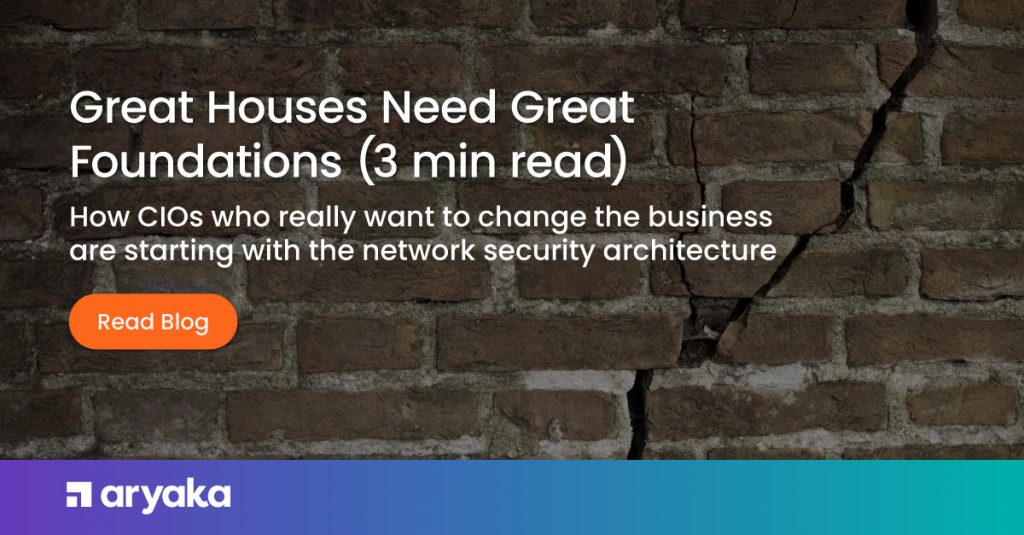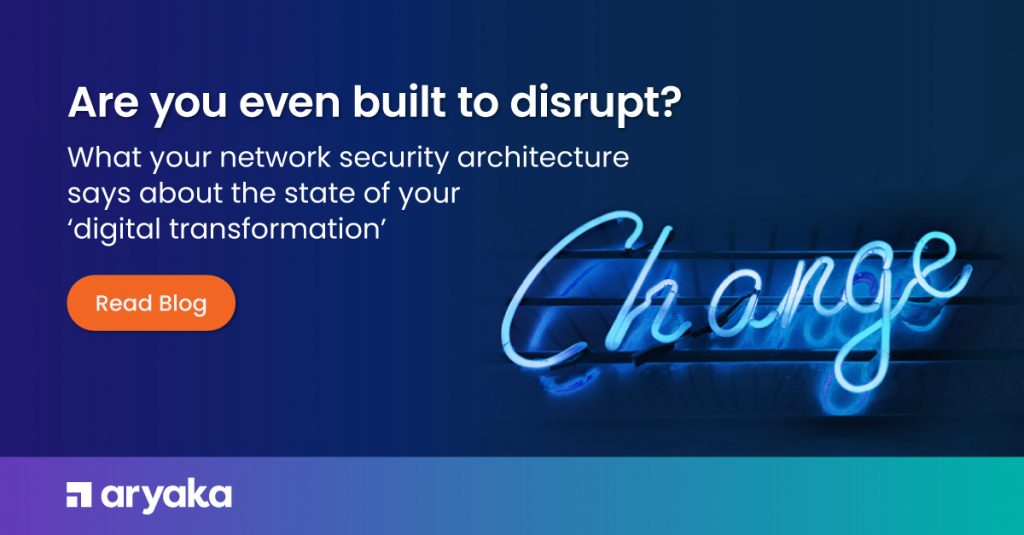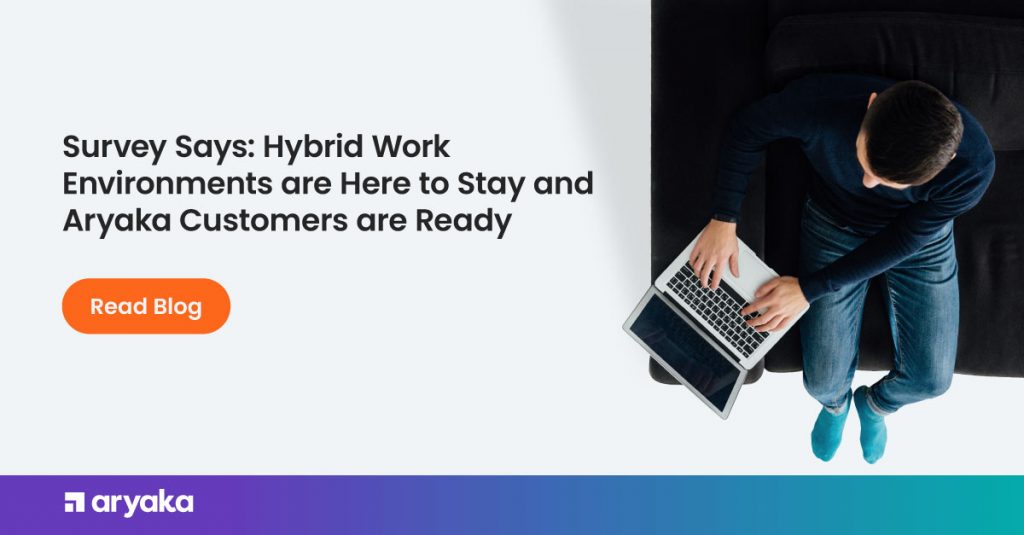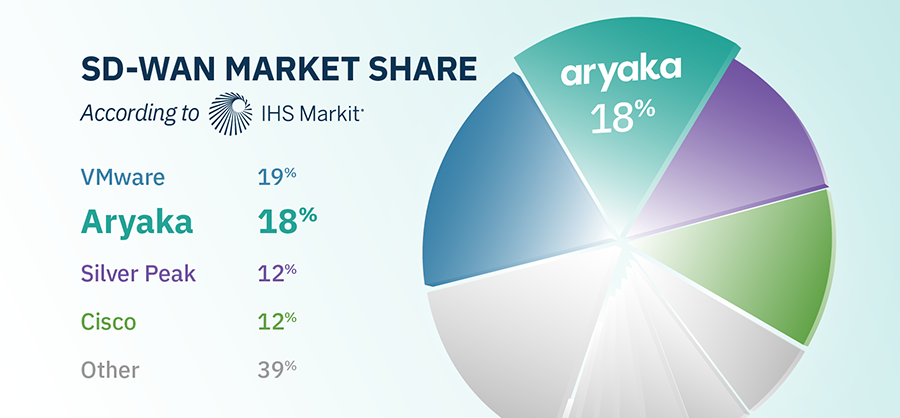Convergence is the answer
The first step to recession-proof your network and security architecture

Interest rates are rising. US Inflation is now 8.5%, its highest point in over 40 years. The S&P 500 is teetering on the brink of a bear market. Q122 venture funding has dropped by 19%.
And all in time for budget season and your first request for 2023 IT funding.
So … what’s your plan?
Belts will be tightened
The impact of world events on the economy over the last few years has been unprecedented. Calls for recession are now a daily occurrence across major news outlets.
“Two shocks in recent months, the war in Ukraine and the buildup of momentum in elevated U.S. and European inflation have caused us to revise down our forecast for global growth significantly,” a Deutsche Bank team led by economist David Folkerts-Landau wrote on Tuesday. “We are now projecting a recession in the U.S.…within the next two years.”1
The phrase,“We need to tighten our belts,” will surely be uttered in more than one board room this summer. For CIOs charged with finding growth while protecting the enterprise, the question is how? It’s not like the challenges are getting any easier.
The bad guys aren’t going away
As any CISO will tell you, the threats are not going away. The bad guys are still out there and unfortunately getting worse.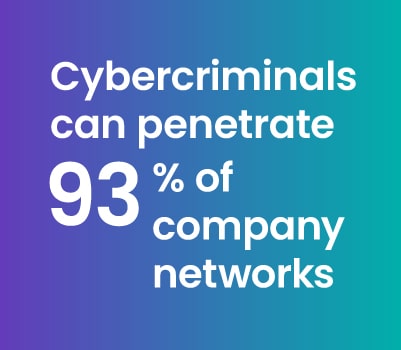
A penetration test study from Positive Technologies found that cybercriminals can penetrate an alarming number of enterprise networks. “In 93 percent of cases, an external attacker can breach an organization’s network perimeter and gain access to local network resources.” Ninety-three percent!2
They’re not (all) coming back to the office
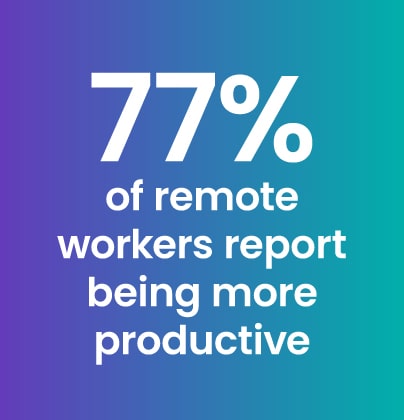 While threats increase, the enterprise continues to become even more distributed. 77% of remote workers say they’re more productive at home. 85% of managers believe that having remote teams will become the new norm.3 It’s almost a given that remote work will persist well into the future.
While threats increase, the enterprise continues to become even more distributed. 77% of remote workers say they’re more productive at home. 85% of managers believe that having remote teams will become the new norm.3 It’s almost a given that remote work will persist well into the future.
But not everyone will be remote. And even those that are remote, will not be remote all the time. How do you even answer the question of “How many sites do you have?” when every worker is an office of one? And do your AWS and Azure instances count as sites? I mean, 60% of your workload is there.
Convergence is the answer
What used to be clean is now amorphous. Buzz phrases like ‘Digital Transformation’ and ‘Network Modernization’ are just fancy ways of saying that the IT infrastructure and organization need to evolve … and fast.
That evolution is enabled by convergence. Call it SASE or NESaaS or whatever acronym that analysts come up with, network and security are coming together in the cloud (whether the network and security silos like it or not).
Convergence IS the answer to the question of, ‘What’s your plan?’ Convergence provides the CIO flexibility, both for innovation AND the balance sheet. It untethers the IT team from the legacy contracts that tie them to capital-intensive expenses. The world doesn’t work in 3-5 year cycles anymore. Your network and security infrastructure can’t either.
Big data center costs? Gone. Inflexible MPLS contracts? Bye bye. Network and security hardware refresh? Not anymore.
Converging the network and security into the cloud, delivered as-a-service will become the story for CIOs needing to accomplish the impossible: do more with less. A smarter, more effective deployment of capital resources that is prepared for whatever craziness the world throws at it next.
Budget season? We can help
We love talking convergence and helping IT teams rethink their network. If you are just getting into budget season and trying to figure out how to tell a growth story while reducing the budget, give us a shout.
In the next article, we will discuss four practical recommendations where procurement and IT teams can look to reel-in costs while simultaneously modernizing the network.
1. https://bit.ly/3FJ6cG4
2. https://bit.ly/38pzCwE
3. https://bit.ly/3l94og5
In the next article, we will discuss four practical recommendations where procurement and IT teams can look to reel-in costs while simultaneously modernizing the network. In the meantime, check out Aryaka’s guide for IT manages on how to thrive during an economic downturn.
- Aryaka AppAssure
- Aryaka FlexCore
- Aryaka HybridWAN
- Aryaka Secure Web Gateway
- Aryaka Regional Solution Brief
- Aryaka SmartCDN
- Accelerate CAD/CAM Performance with SD-WAN
- Accelerate Salesforce Performance with SD-WAN
- Managed SD-WAN as a Service for 8x8 UCaaS
- Advantages of Cloud-First WAN Services
- Amazon Web services Acceleration




